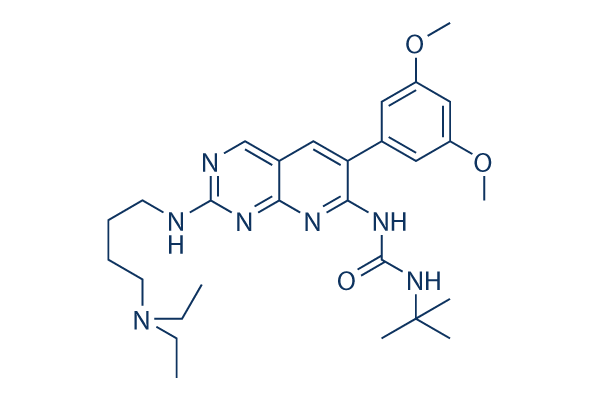This clus tering evaluation, by and big, resulted in 3 substantial groups with peak expression mostly in the SW, ST or PD cell cycle stage. Individual modules may be searched for practical relationships between genes, and this search can be broadened to modules with related expression profiles to identify functionally relevant genes. For ex ample, genes involved in the assimilation of sulfur into cysteine are amongst the strongest contributors with the ma genta module, with adjustments in expression up to 130 fold and with peaks of expression within the ST and EPD cell cycle phases. Other than its use in protein synthesis, cysteine is the principal donor of sulfur during the metabolism of the selection of sulfur containing com lbs, like methionine, S adenosylmethionine, coenzyme A, glutathione, thiamine, lipoic acid, cobalamin, biotin, molybdenum cofactor, and iron sulfur clusters.
Whenever we examined co expression modules that clus ter together with the magenta module because pop over to this site of their similarity in cell cycle expression pattern, we recognized genes from pathways tangential to cysteine synthesis. Utilizing this tactic, we were capable to more helpful hints recognize the metabolic network involved in cysteine, methionine, serine, glycine, gluta thione, and SAM synthesis. The whole net function is made from 38 genes, expressed from no less than 25 transcriptional units. Of those 38 genes, 31 show differential cell cycle ex pression, and most are up regulated with the ST and/or EPD cell time stage. Hence, gene and module clustering might be used to infer practical coupling be tween genes and pathways.
Cell cycle transcriptome analysis from an evolutionary point of view With regards to gene persistence, CCR genes and non CCR genes showed no distinctions. Even so, the contribution of each CCR gene in forming a co expression module was not equal, with all the persistent genes becoming extra susceptible to be key contributors compared to your  rest of CCR genes. To put it differently, CCR genes which have been widely conserved across bacterial phyla are likely to ascertain the expression profile of their module, suggesting that evolution plays a part in shaping gene co expression networks. Prior scientific studies have shown a correlation among co expression and co evolution by examining conserved synteny and/or co expression of conserved gene pairs across unique organisms, We had been thus considering comprehending the link involving co expression and evolutionary relatedness from your per spective of the model organisms biological network by leveraging our co expression modules. For every module, we computed the phylogeny clustering of its member genes applying the K statistics inside the pi cante bundle. Sixty nine modules had powerful phylogenetic signals, that’s, the genes in these 69 modules are phylo genetically clustered.
rest of CCR genes. To put it differently, CCR genes which have been widely conserved across bacterial phyla are likely to ascertain the expression profile of their module, suggesting that evolution plays a part in shaping gene co expression networks. Prior scientific studies have shown a correlation among co expression and co evolution by examining conserved synteny and/or co expression of conserved gene pairs across unique organisms, We had been thus considering comprehending the link involving co expression and evolutionary relatedness from your per spective of the model organisms biological network by leveraging our co expression modules. For every module, we computed the phylogeny clustering of its member genes applying the K statistics inside the pi cante bundle. Sixty nine modules had powerful phylogenetic signals, that’s, the genes in these 69 modules are phylo genetically clustered.
LPA Receptor Signaling
A protein that in humans is encoded by the LPAR1 gene.
